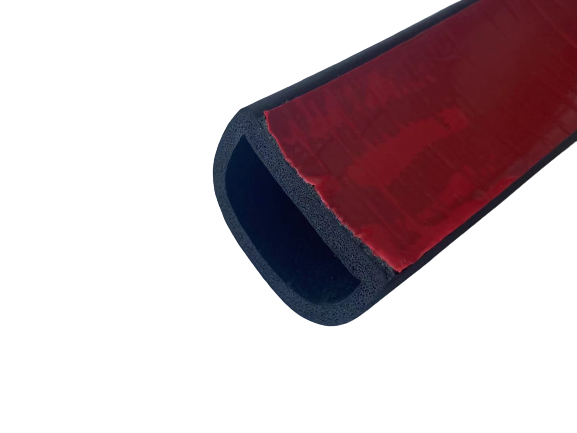Nov . 07, 2024 13:55 Back to list
Effective Weather Stripping Solutions for Your Home Windows to Enhance Energy Efficiency
Home Window Weather Stripping A Comprehensive Guide for Energy Efficiency
As the seasons change and temperatures fluctuate, many homeowners find themselves facing a common problem drafts and inconsistent indoor temperatures. These issues can lead to higher energy bills and discomfort in living spaces. One effective solution to combat this problem is window weather stripping. This article will explore what weather stripping is, its benefits, types of materials used, and installation tips to help you improve your home’s energy efficiency.
What is Weather Stripping?
Weather stripping refers to the process of sealing gaps around doors and windows to prevent air leaks. This sealing method is essential for maintaining a comfortable and energy-efficient home. Weather stripping can be applied to movable parts of windows and doors, such as sashes and casements, effectively blocking cold air from entering during winter and hot air during summer.
Benefits of Weather Stripping
1. Energy Efficiency One of the primary benefits of weather stripping is its ability to enhance energy efficiency. By sealing gaps, you help regulate indoor temperatures, reducing the demand for heating and cooling systems. According to the U.S. Department of Energy, drafty windows and doors can account for 10-25% of a home’s total energy usage.
2. Cost Savings With improved energy efficiency comes the potential for significant cost savings on your utility bills. By minimizing air leakage, weather stripping can lead to reduced energy consumption, allowing homeowners to save money over time.
3. Increased Comfort A well-sealed home provides a more comfortable living environment. Weather stripping can help eliminate cold drafts in the winter and reduce heat infiltration in the summer, contributing to a consistent indoor climate.
4. Noise Reduction In addition to air sealing, weather stripping can also serve as a sound barrier. By filling gaps, it helps to reduce the amount of external noise that can penetrate the home, making living spaces quieter and more peaceful.
Types of Weather Stripping Materials
There are several materials used for window weather stripping, each with its unique features and benefits
1. Foam Tape This is a versatile and easy-to-apply option. Foam tape is available in various thicknesses and can conform to irregular surfaces. It's a good choice for areas that need a bit of cushioning.
home window weather stripping

2. V-seal Weather Stripping Also known as tension seal, this type is made of a flexible vinyl strip that creates a V-shaped seal when pressed against the window frame. It's effective for sealing sliding windows.
3. Felt Weather Stripping Made from compressed wool or synthetic fibers, felt is a budget-friendly option. While it may not last as long as other materials, it can still be effective for seasonal applications.
4. Rubber and Vinyl These materials provide durable, long-lasting seals. They are resistant to various weather conditions, making them suitable for climates with extreme weather variations.
5. Metal Weather Stripping Often used on exterior doors or heavy windows, metal options like aluminum or stainless steel offer a robust choice that can withstand wear and tear.
Installation Tips
1. Assess and Clean Before applying weather stripping, inspect all windows for drafts. Clean the surfaces to ensure a proper bond.
2. Measure Twice Accurate measurements are crucial for proper fitting. Measure the length of the window frames and cut the weather stripping accordingly.
3. Apply Evenly When installing weather stripping, ensure it adheres evenly with no gaps. Follow the manufacturer's instructions for the best adhesive strength.
4. Test After installation, open and close your windows to ensure smooth operation. Check for any remaining drafts, adjusting the weather stripping if necessary.
Conclusion
In conclusion, window weather stripping is an essential measure for improving the energy efficiency of your home. By sealing gaps and preventing drafts, homeowners can enjoy a comfortable indoor environment while saving on energy costs. With various materials available and straightforward installation methods, weather stripping is a project that can be tackled by most homeowners. Making this investment not only enhances comfort but also contributes to a more sustainable living space, ultimately benefiting both your wallet and the environment.




